Introduction to Belt Rollers
Belt rollers, integral components of conveyor systems, facilitate the movement of materials in various industrial settings. These rollers support and guide conveyor belts, ensuring the efficient operation of the conveyor system. Belt rollers are versatile and can be found in diverse environments, from manufacturing plants to construction sites and machinery repair shops.
Types and Applications of Belt Rollers
The types of roller conveyor systems vary, with each type serving a specific function. Conveyor belt rollers and conveyor idler rollers are commonly used to support the belt and material being conveyed, while conveyor belt drive rollers engage with the belt to propel it forward. Impact idlers and troughing rollers are specialized for absorbing loads and shaping the belt path, respectively. These components are essential in industries such as manufacturing, where precision and durability are paramount.
Features and Materials
Belt rollers are designed with various features to suit different industrial tasks. Materials like stainless steel, carbon steel, and nylon are selected for their durability and suitability to the working environment. For instance, rubber conveyor rollers offer excellent grip and noise reduction, while stainless steel rollers provide corrosion resistance. The choice of material impacts the roller's performance, longevity, and maintenance requirements.
Advantages of Quality Belt Rollers
The use of well-crafted belt rollers in a roller conveyor system brings several advantages. They reduce the workload on the conveyor belt, leading to less wear and extended service life. Additionally, the right rollers minimize the energy required to move materials, which can lead to energy savings. The precision in design of conveyor rollers and idlers ensures minimal downtime and maintenance, enhancing productivity.
Selection Considerations
When selecting belt rollers, it is crucial to consider the specific needs of the conveyor system. Factors such as load capacity, belt speed, and the properties of the materials being conveyed should guide the choice of rollers. For instance, conveyor impact rollers are essential for heavy-duty applications where shock absorption is critical. Similarly, conveyor guide rollers are vital for maintaining the belt's alignment and preventing derailments.
Conclusion
In conclusion, belt rollers are a fundamental component of modern material handling systems. Their selection and implementation require careful consideration of the application requirements and environmental conditions. By understanding the various types and features of belt rollers, businesses can ensure the smooth operation of their conveyor systems.

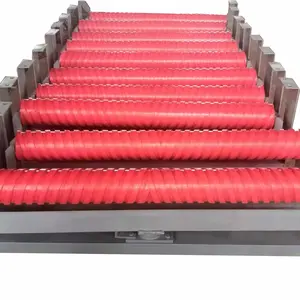





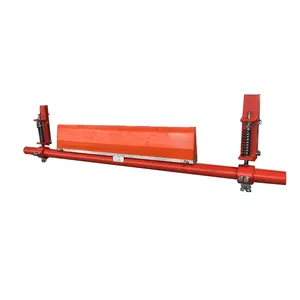

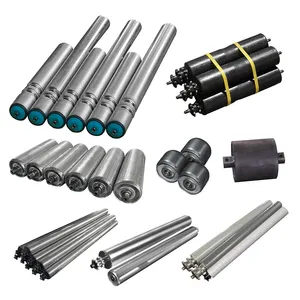






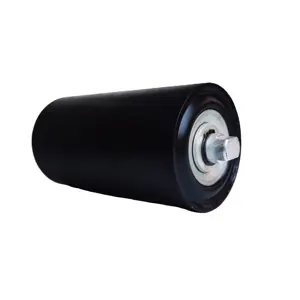


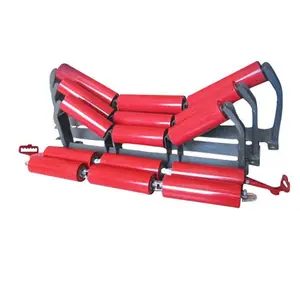


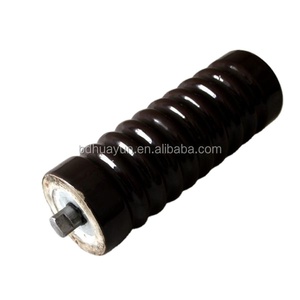


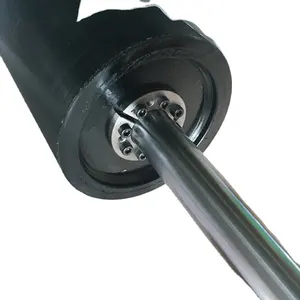
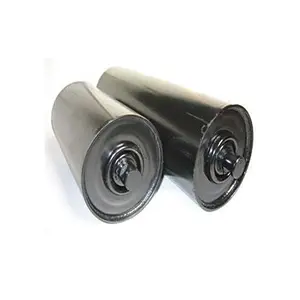





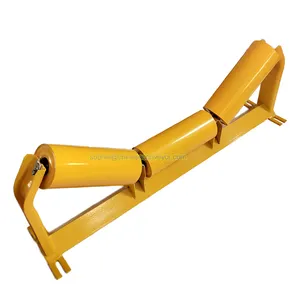


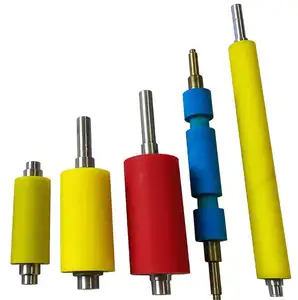





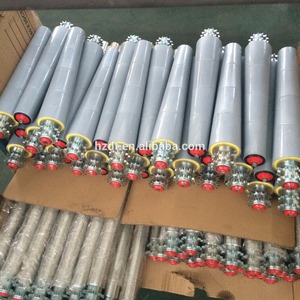



























 浙公网安备 33010002000092号
浙公网安备 33010002000092号 浙B2-20120091-4
浙B2-20120091-4